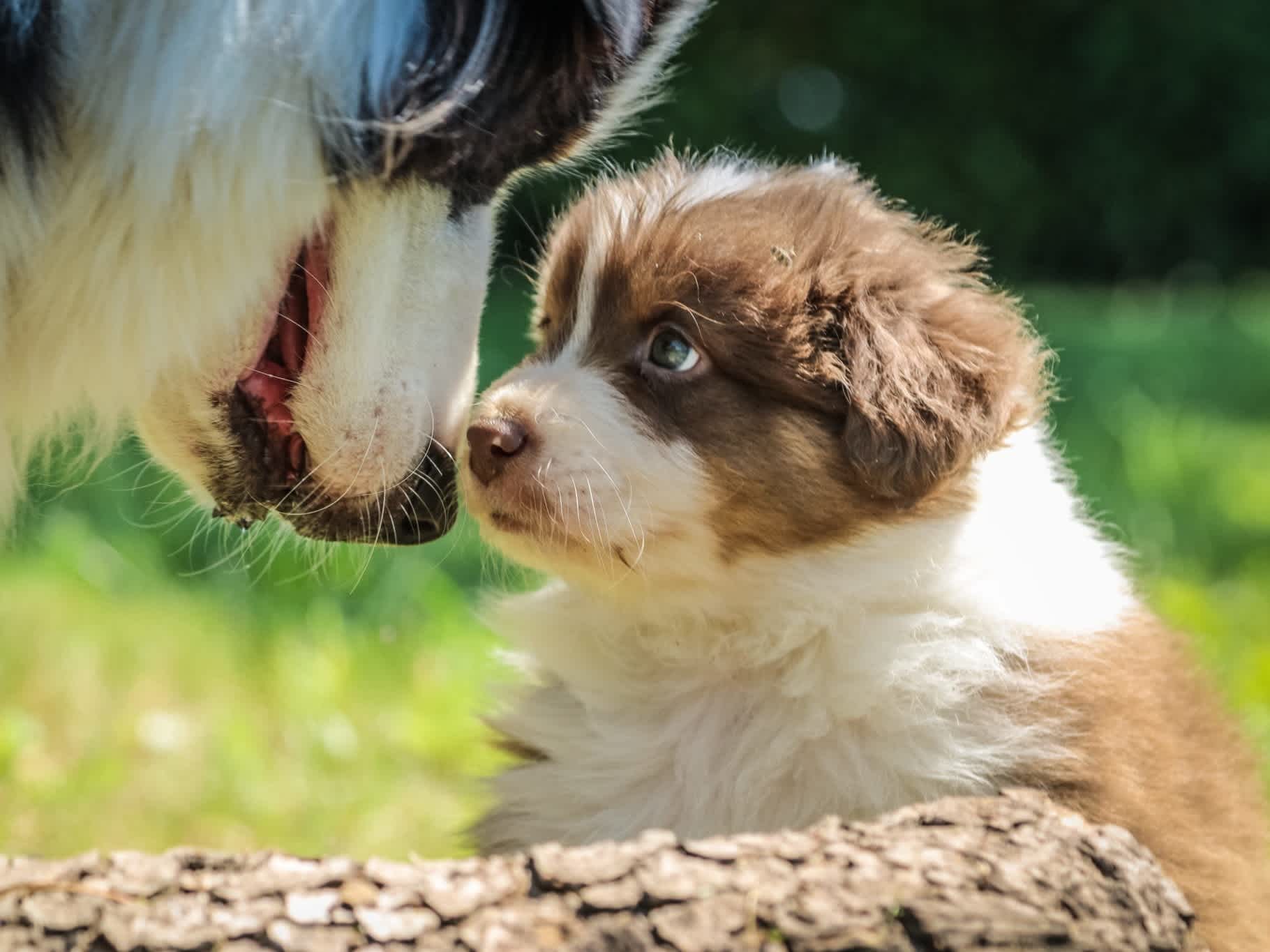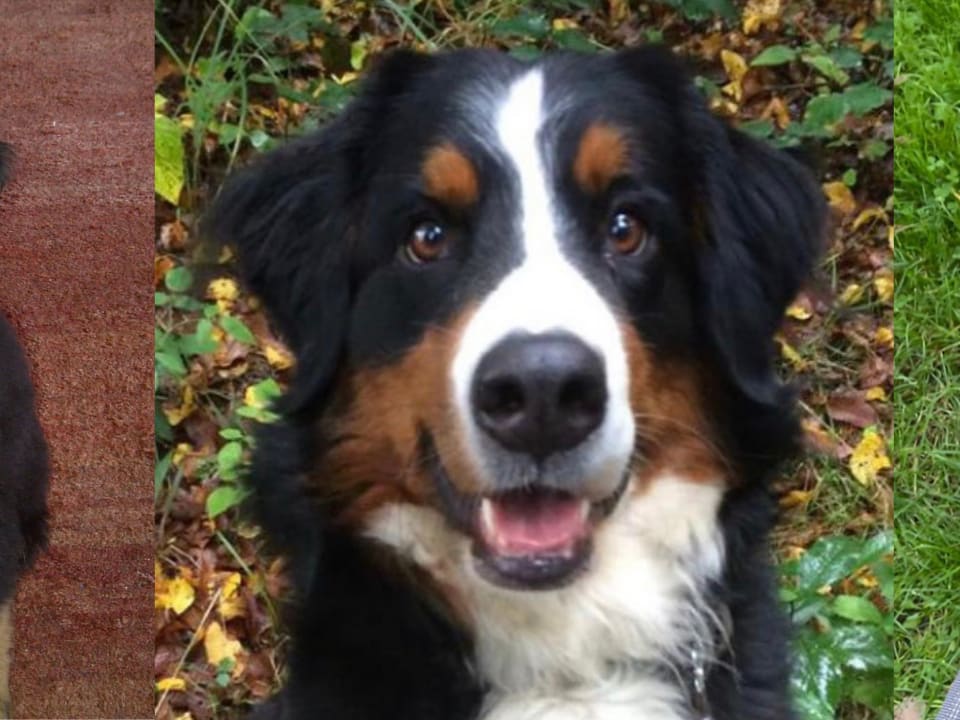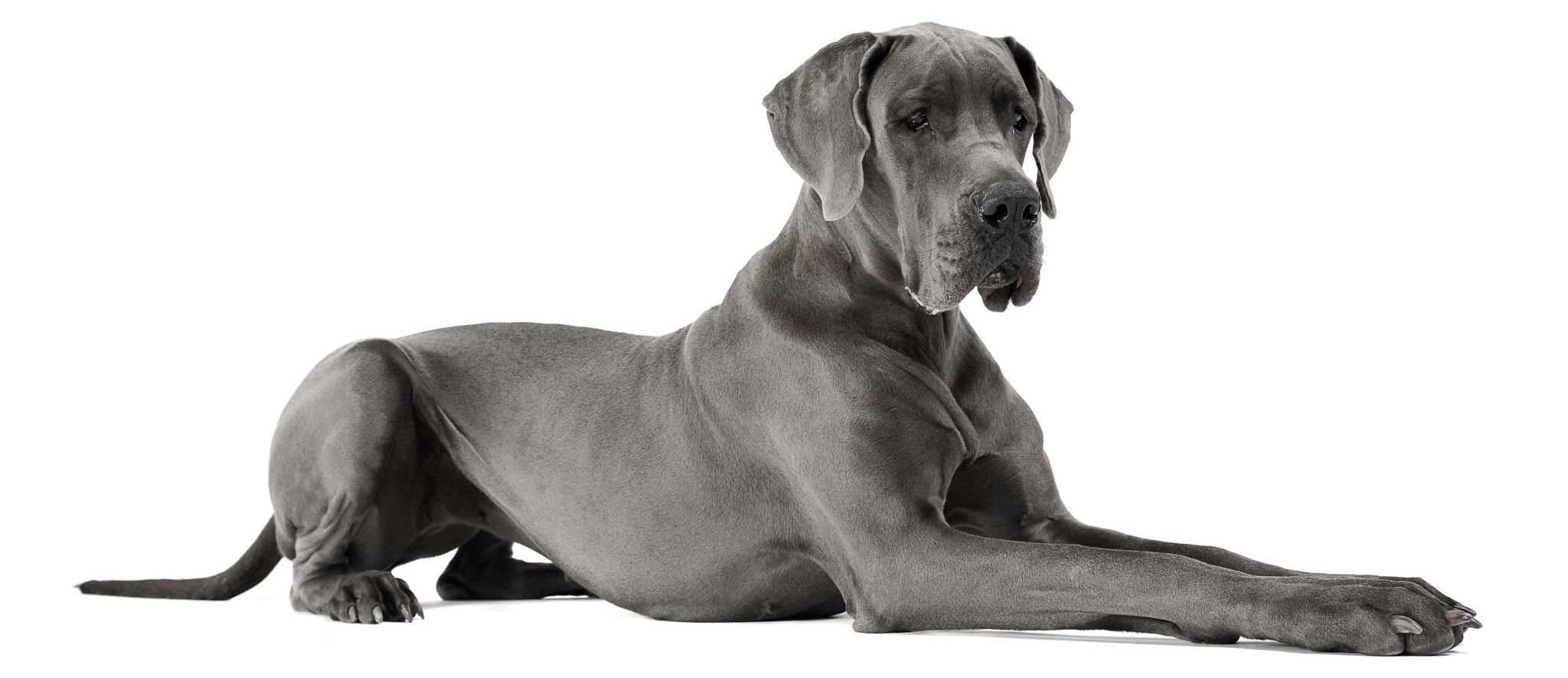Australian Shepherds are easygoing and playful dogs. Whether you just welcomed one into your home or are thinking about it, you’ve come to the right place. This guide to Australian Shepherds will provide all the information you need to properly train and care for your new furry friend. This guide was compiled with new dog owners in mind but we also have tips and tricks for those who are seasoned fur parents, breeders, or those who are simply new to this specific breed.
Your guide to Australian Shepherds
The Australian Shepherd is smart, work-oriented, and exuberant, according to the American Kennel Club (AKC).
“The Australian Shepherd, a lean, tough ranch dog, is one of those ‘only in America’ stories: a European breed perfected in California by way of Australia. Fixtures on the rodeo circuit, they are closely associated with the cowboy life,” the AKC reported.
You can adopt an Australian Shepherd at an animal shelter or find a breeder. It’s important to look for breeders that can provide detailed health records for their puppies (and parents!) as well as genetic testing for health conditions. The Orthopedic Foundation for Animals (OFA) and their Canine Health Information Center (CHIC) maintains a voluntary database of Australian Shepherds and their health screening results.
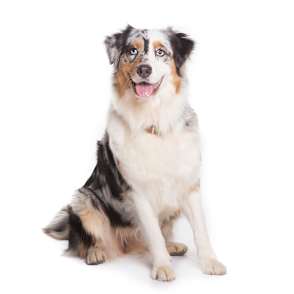
Fun facts
Here are some fun facts about Australian Shepherds, according to Dogtime:
- Australian Shepherds can be referred to as Aussies
- They need about 30 to 60 minutes of exercise daily
- Without the proper exercise and mental stimulation, these dogs can be destructive
- Their coats come in various colors including merle
Physical characteristics
In terms of physical characteristics, Australian Shepherds typically have strong, balanced frames. They have slightly domed heads, medium-sized muzzles, and almond-shaped eyes that can be blue, brown, or amber. They also have triangular ears and straight, short tails, according to Dogster.
“The Australian Shepherd, the cowboy’s herding dog of choice, is a medium-sized worker with a keen, penetrating gaze in the eye,” the AKC reported. “Aussie coats offer different looks, including merle (a mottled pattern with contrasting shades of blue or red). In all ways, they’re the picture of rugged and agile movers of stock.”
Bringing your new Australian Shepherd home
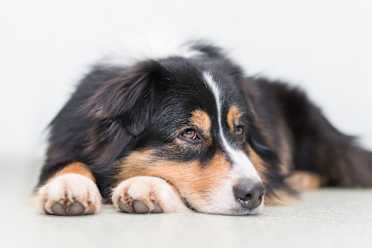
Remember that when you bring your pup home, everything is new and there are a lot of scents to get used to. Try to keep your house still and fairly quiet for the first few days so your pup has time to get acquainted with his or her surroundings. You want your pup to explore and learn about your family, according to puppyintraining.com.
Did you name your dog yet? Teaching your pup his or her name should be one of the first things you do. It’s easy, just continuously refer to the pup as Brownie or Jack or whatever the name may be. What’s not so easy is training the pup. You may want to get help with this by enrolling your new Australian Shepherd in a training group or get your own trainer. This will help get your puppy going to the bathroom in the right places, keep him or her from eating your favorite shoes, stop excessive barking or whining, and much more.
“Early socialization and obedience training are both musts for the Australian Shepherd,” according to the AKC.
Nutrition
A balanced diet is vital to your dog’s growth and health, according to the ASPCA, and portion control is key.
It’s okay to give your dog commercial pet foods, just be sure to read the label and ensure that what you’re buying is based on your dog’s caloric needs.
“Barring any special needs, illness-related deficiencies, or instructions from your vet, your pet should be able to get all the nutrients he or she needs from high-quality commercial pet foods, which are specially formulated with these standards in mind,” the ASPCA reported.
You should also keep in mind that a dog’s diet should change as they grow. A puppy should have a different diet than an adult dog or senior dog, and senior dogs should have a different diet than adult dogs.
The best thing you can do for your pup when it comes to diet is talk to your veterinarian about a meal plan.
Playtime
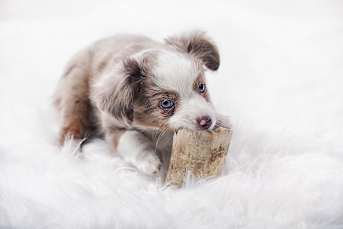
Australian Shepherds need between 30 and 60 minutes of exercise every day. There are so many ways to play! You can take your dog for a run or hike and play fetch, tug-of-war, or frisbee.
“Once an Aussie leaves puppyhood behind, and his skeletal system is fully formed, he can make a great running companion,” the AKC reported. “The best course, however, is to give the Aussie a job, whether that is herding livestock, shepherding children, or competing in canine events such as obedience, herding or agility trials, or dock diving.”
Grooming
The Australian Shepherd has a lot of hair, which may make you nervous about grooming. However, all you really need to do is brush their coats on a regular basis.
“The Aussie sheds, but it’s a major event only twice a year, in the spring and fall. Frequent brushing, warm baths and thorough blow drying during that time will help keep the handfuls of hair under control. Outside of shedding season, bathe the Aussie only when he gets dirty,” according to Vetstreet.
While they often wear their nails down while walking outside or playing, it’s still important to check their nails to see if they need to be trimmed. It’s also vital to keep their teeth and ears clean.
Health & aging
Do you know your pup’s birthday? Never miss a celebration with your four-legged friend! And keep in mind that you’ll need to care for him or her differently as your pup ages.
The Australian Shepherd has a lifespan of about 12-15 years, according to Dogtime. Your dog is considered a senior pup after turning 8. Make sure you’ve had your pup tested with Embark so you’re armed with as much information as possible to ensure your dog is healthy and to sidestep any preventable disease that may come your way.
An Embark Dog DNA Test looks at the following health conditions in Australian Shepherds:
We hope that this guide helps you with your Australian Shepherd and that you remain happy together for years to come! However, we also know that the only bad part of having a pup means you have to lose them. If you are grieving and in need of a resource, click here for a relevant blog post.
Thanks for Embarking with us! Don’t forget to connect with us on social media for pawesome dog stories and pictures! You can find us on Instagram, Facebook, and Twitter!






